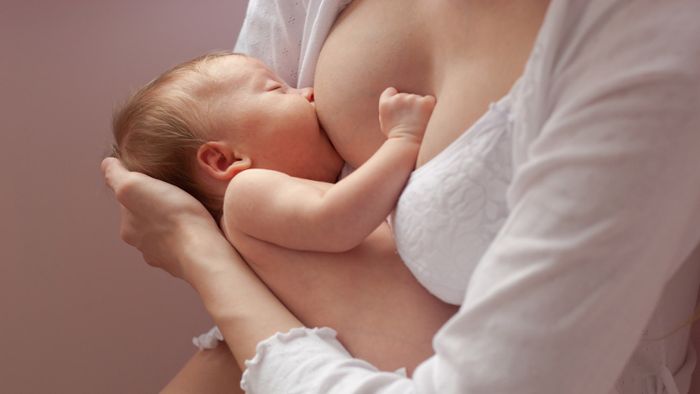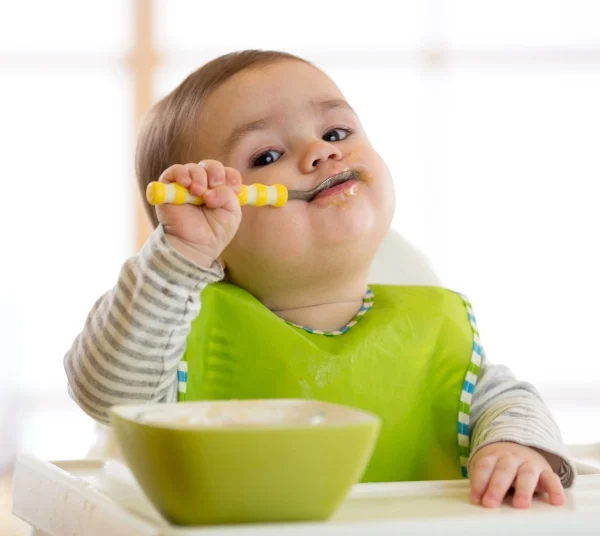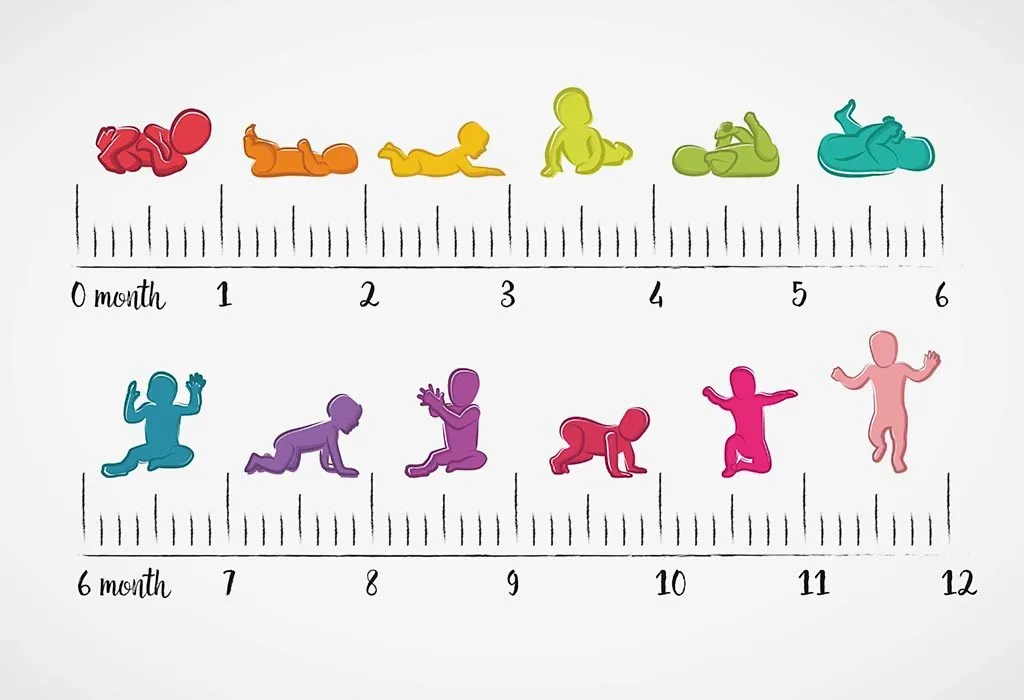Breast milk has been the best source of nourishment for a new born baby. The act of breast feeding brings the mother and baby in close contact. It is a combination of warmth, nutrition and love. Handling the baby for breast feeding gives the mom,the experience of knowing the baby‘s behaviour pattern. New mothers are often faced with dilemma whether the child has had enough milk or not.
Signs that show that the breastfeeding baby is getting enough nourishment
- The breasts feel softer after nursing
- The baby looks satisfied and relaxed after feeding.
- Most babies lose weight initially but then regain the lost weight in about a fortnight.
- A well fed baby will wet six to eight times during the day.
- Normally the baby passes three to four stools a day.
- A mother can see and hear the baby swallowing milk.
- The baby changes rhythm while sucking, stops in between and starts sucking again and when it is full it leaves and looks out with satisfaction.
Warning signs when the baby is not getting enough breast milk
- Baby is continuously losing weight.
- Baby is wetting less than eight to six disposable diapers in a 24-hour period after the five days following her birth.
- Baby passes dark small stools after five days.
- The urine is dark in colour
- The baby is fussy or lethargic.
- Baby is not satisfied even after a long session of feeding.
- Breasts do not feel soft and empty after feed.
Timings in which a baby is to be fed
It is difficult to fix a special range of time for nursing. Some babies like to be nursed all the time, not only for milk but also for reassurance. Other babies demand only when they are hungry. The baby for the first month wants to be fed every two hours or twelve times throughout the day. A baby’s stomach is very small and so needs refills faster. The number of feeds may reduce month by month and by six months it would be on six feeds a day. There is no need to set fixed timings for feeding, let the baby decide the number of times and feed him as many time as it wants. The more times the baby is fed, the more amount of milk is produced. The baby while feeding sends signals for the production of more milk.10 tips for breastfeeding success
Additional important signs that indicate that the baby is receiving enough milk
- Number of wet diapers— A baby who takes enough milk wets 4-6 diapers a day by the fourth day. The amount of water in the diaper increases as the baby grows. The colour of the urine also indicated whether the baby is getting enough milk. When the baby is adequately hydrated the colour of the urine is pale water colours and when the baby is not getting enough milk, the colour of the urine is dark apple juice coloured.
- Number and Nature of Bowel movement—most babies have stools immediately after a feed which indicates that it is getting enough milk. The milky stool is yellow and seedy with a cheese consistency.
- The urine output tells the amount of fluidin the milk and the stool output indicates the quality of milk
- Evaluating the Feeding—Mothers feel that their breasts are full before feeding and softer after feeding. Milk is produced as the baby sucks and is enough to fulfill the amount required by the baby. When the baby makes a sound with every suck it means that he is getting enough milk. /
- Weight Gain—Babies who get enough milk will lose some weight in the first week but regain it fast in a fortnight. The average baby gains about 4- 6 ounces every week… Some babies gain weight faster while others gain slowly.
Have no worries about milk supply
One should not worry about the milk supply for the baby if the baby is passing urine properly and the bowel movements are normal. Breastfeeding is a game of confidence and this confidence cannot be underestimated. Babies like to be breast fed for many reasons like wanting to sleep, for comfort and also for warmth and closeness for security.





